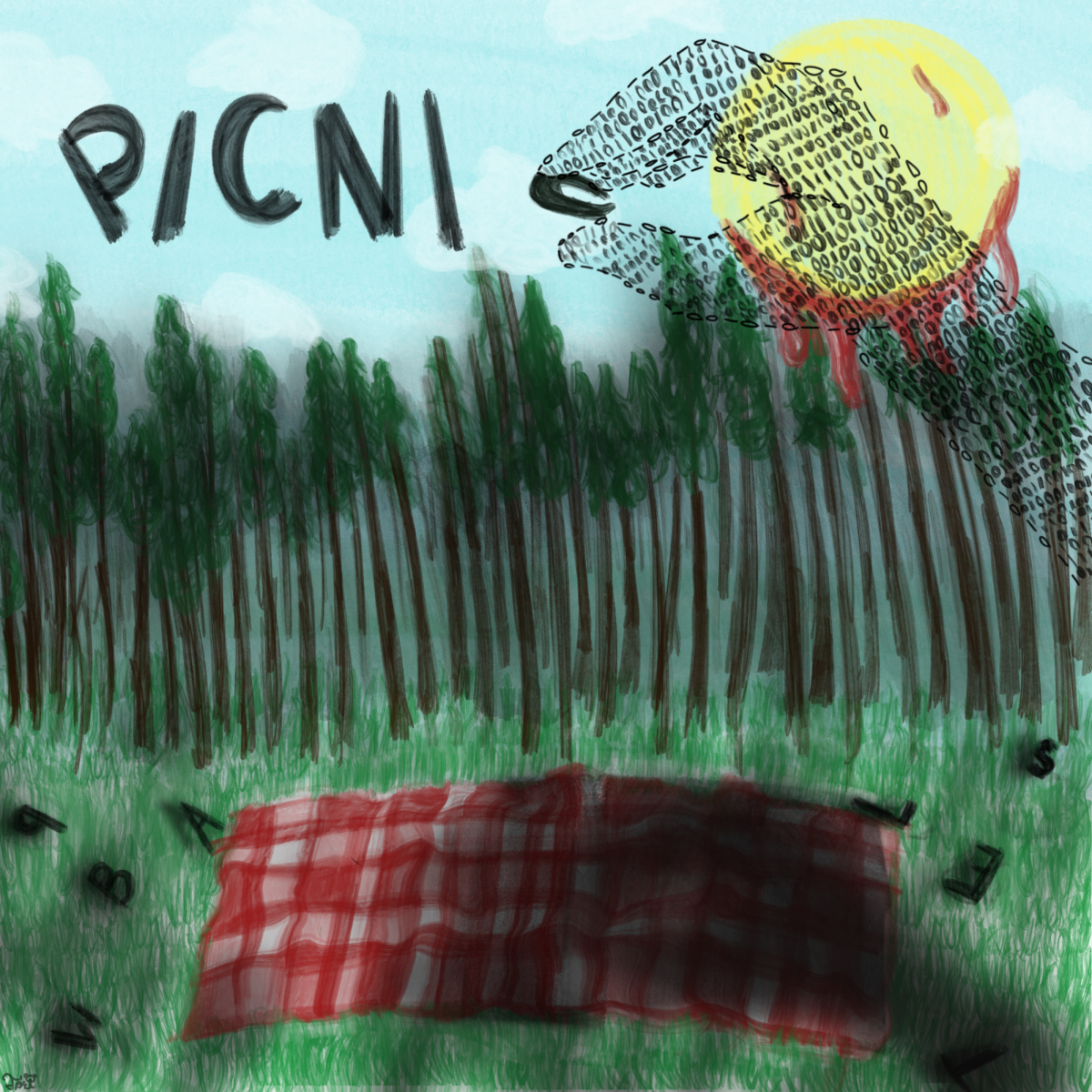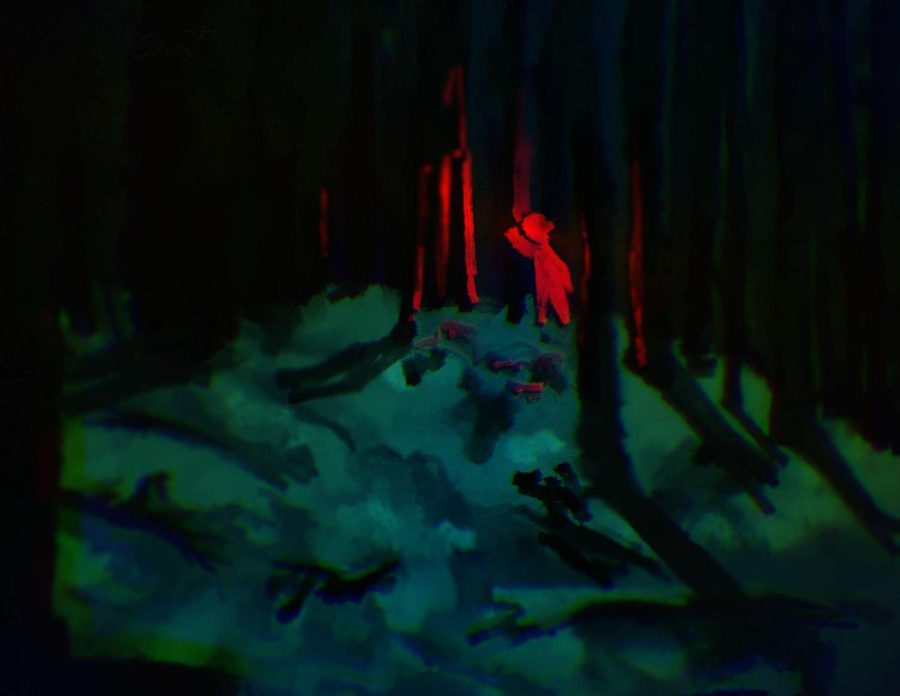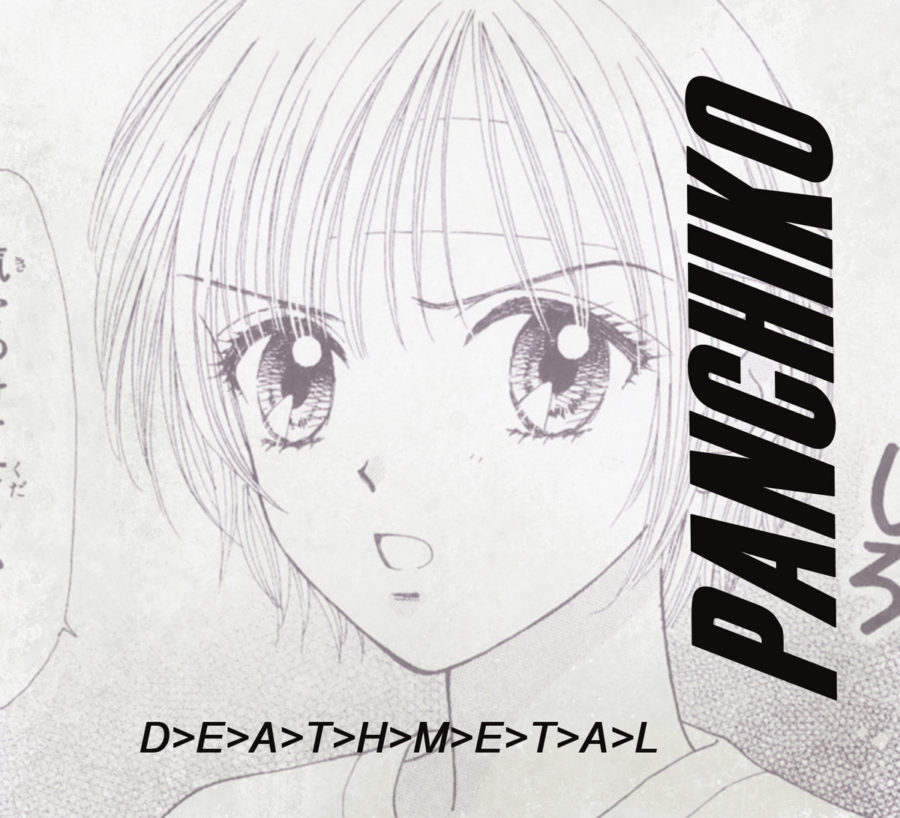How an obscure album was discovered by the Internet: a review of Panchiko’s D>E>A>T>H>M>E>T>A>L
WEB EXCLUSIVE
In searching through the depths of YouTube or Spotify recommendations, one may find an artist that they see as a “hidden gem.” They may either find themselves wanting to tell people about this artist, or they may feel an urge to keep this knowledge to themselves. This artist may have under a certain number of listeners (for instance, 10,000,) or they may not be present on streaming services at all. Either way, it is common for people to feel excited when they’ve come across something they feel nobody else knows about.
In some cases, there might be a certain mystery around the members of a certain band, especially if they are not on streaming services. One may wonder who they are, where they are from, and if they intend to release anything else in the future; such is the case with English indie shoegaze-pop band Panchiko’s 2000 record “D>E>A>T>H>M>E>T>A>L.”
While the semi-famous story is subject to some scrutiny, as some feel that it was a hoax to promote the album, many believe that a heavily corrupted CD of the album was found at a thrift store in 2016, with no information about the artist online. The CD was affected by “disc rot,” which is the gradual deterioration of a compact disc over time. The audio quality of the CD reflected this release, as the sound was noisy and slightly abrasive. The album quickly became a “cult classic” online, with many trying to find more information about the members and the story behind the album. Eventually, the members were found via Facebook, which was followed by countless vinyl, CD, and cassette tape releases of the album, all of which featured both the corrupted and remastered tracks. The band also released a demo compilation entitled “Ferric Oxide,” along with a promise for new music in the future.
Contrary to the expectations of listeners, the record’s sound could not be farther from its namesake. While one may expect “D>E>A>T>H>M>E>T>A>L” to feature abrasive, fast-paced metal tracks, the album is a collection of slow, airy, dreamlike, slightly Radiohead-esque tracks, reminiscent of shoegaze pioneers My Bloody Valentine and Slowdive. The dissonance between the album’s name and the songs it contains is of note, as it adds to the slightly unpolished quality of the album. Its themes focus on things one might expect a band of English high schoolers to write about, such as frustration, joy, angst, and confusion in the face of growing up. As the record was released in a time in which music producing software was not readily available, it is impressive that something of this quality was put together by four childhood friends using inexpensive equipment. The record’s tracklist boasts seven songs, the longest of these being “The Eyes of Ibad,” which is 6 minutes and 57 seconds long. The record also includes four “rot” bonus tracks, which are taken from the original disc-rot affected CD.
While the backstory of the album does not necessarily improve its quality, it certainly makes it more interesting, whether one chooses to believe it or not. The tracks themselves are fun and interesting, with plenty of originality sound-wise and lyric-wise. Even though Panchiko takes obvious influence from shoegaze and alternative/indie bands popular in the 1990s, the band manages to use those influences to create something unique to themselves. The tracks are slightly ethereal in nature, without becoming too detached. While some of the lyrics can be seen as a bit immature and unsophisticated, this does not necessarily take away from the listening experience, as the album could be seen as an authentic commentary in regards to growing up. While the album (and shoegaze as a whole) may not be for everyone, this album serves as a fascinating and upbeat look into the genre.
Your donation will support the student journalists of Oviedo High School. Your contribution will allow us to purchase equipment and cover our annual website hosting and printing costs. Thank you!

![Prom king Colin Napier and queen Leah Hopkins dance the night away during the Golden Gala on April 26th. Prior to the prom, the Student Government must make many preparations over the course of months in order to ensure it goes off without a hitch. However, their work eventually pays off when it comes time for the dance. “We set up [the prom] the day before, and it’s horrible. We’re there for a very long time, and then we get our beauty sleep, and then we get ready for prom the next day,” Aubrie Sandifer said.](https://oviedojournalism.com/wp-content/uploads/2025/05/Oviedo-197-800x1200.jpg)






![Hopkins at Honor Grad with golf coach John McKernan. As Hopkins’ golf coach for the last two years he has seen Hopkins’ growth as a player and person along with their contributions to the team. “[Hopkins] has just been really helpful since I took [the golf team] over, just anything I wanted to do I ran by [Hopkins],” said McKernan.](https://oviedojournalism.com/wp-content/uploads/2025/05/B66A7760-800x1200.jpg)

































